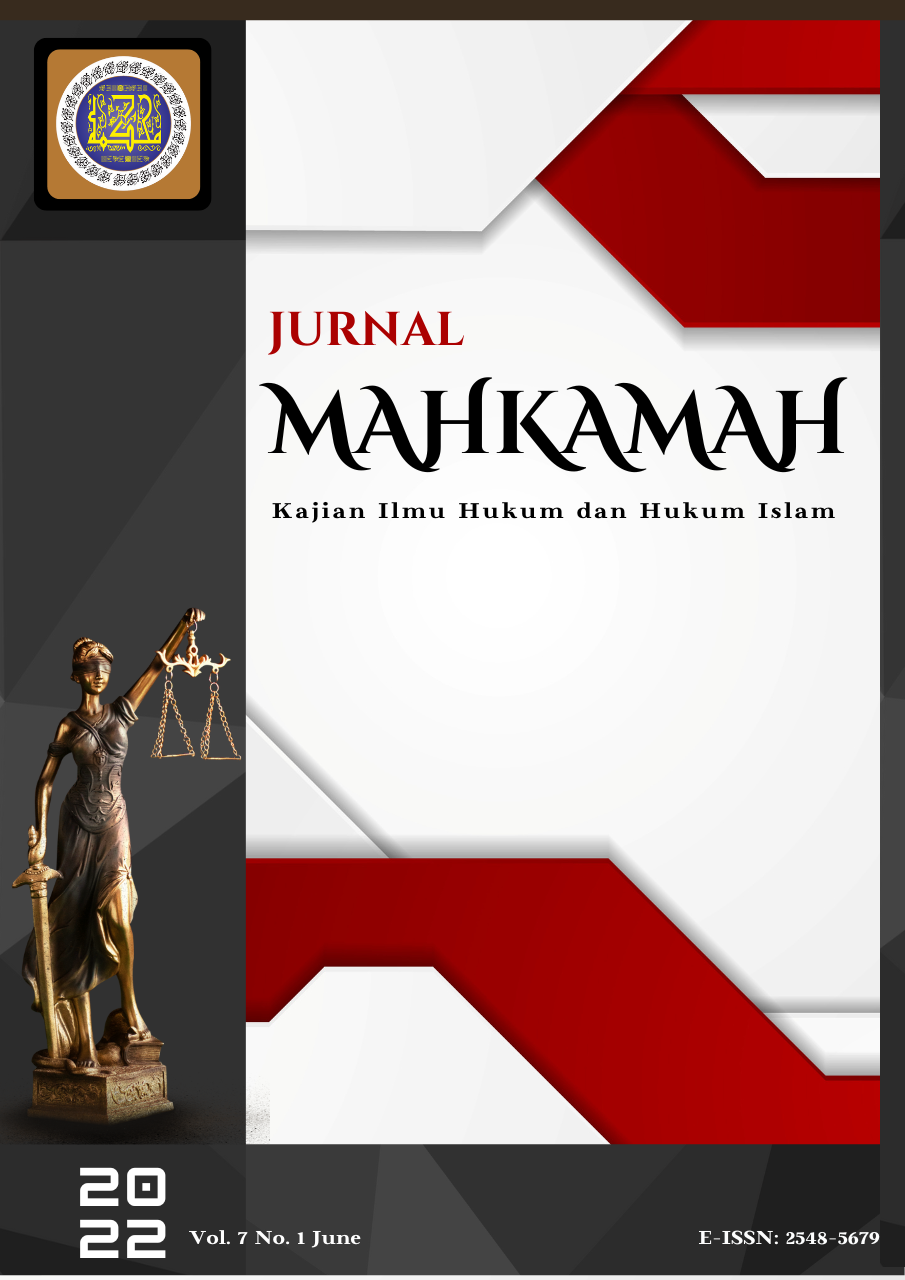Muhammad Syahrur's Thoughts on Inheritance from the Maqasid Al-Shari’ah Perspective and Hermeneutics
DOI:
https://doi.org/10.25217/jm.v7i1.2330Keywords:
Hermeneutics, Inheritance, Muhammad Syahrur, Maqasid al-Shari'ahAbstract
Muhammad Syahrur is a phenomenal figure who can present a contemporary reading model packaged with hudud theory. Through his hudud, inheritance is hududullah which has al-Hadd al-'Ala wa al-Hadd al-'Adna (maximum and minimum limits). The maximum limit for boys is two girls, and the minimum limit for girls is one boy. The purpose of this article is to assess Muhammad Syahrur's thoughts on inheritance using two approaches, namely maqasid al-Shari'ah and hermeneutics. This research is qualitative research with the type of library research (library research), using library research aimed at revealing how Muhammad Syahrur thought about inheritance using maqasid al-Shari'ah and hermeneutics. Whereas in data collection using library techniques. The data analysis process uses content analysis techniques (content analysis), namely research techniques by looking for the form, structure, as well as regular patterns in the text and make conclusions based on regularity found. This study uses a text-to-context approach, which seeks to reveal and examine in depth Muhammad Syahrur's contemporary reading of the inheritance verse with the hudud theory. Results this study concludes that: 1) Maqasid al-Shari'ah to be addressed is maqasid al-Khassah, because setting a minimum limit for girls is an attempt to reject darar (danger), as Jalbu al-Mashalih wa Dar'u al-Mafasid, namely when girls contribute more than boys but share less. The existence of maqasid al-Khassah because it considers maslahah al-Khassah which is aimed at girls when they are more beneficial to the heir than boys. 2) On the hermeneutic plain, Syahrur rereads the inheritance verse which is hududullah. If the heirs consist of one son and two daughters, the daughter's share cannot be less than 25% and the son's share cannot be greater than 50%. If girls get 30% and boys 40%, then this division does not come out of hududullahh.
Downloads
Published
How to Cite
Issue
Section
License
This work is licensed under a Creative Commons Attribution-ShareAlike 4.0 International License.
Authors retain copyright and grant the Jurnal Mahkamah : Kajian Ilmu Hukum Dan Hukum Islam right of first publication with the work simultaneously licensed under a Creative Commons Attribution License (CC BY-SA 4.0) that allows others to share (copy and redistribute the material in any medium or format) and adapt (remix, transform, and build upon the material) the work for any purpose, even commercially with an acknowledgment of the work's authorship and initial publication in Jurnal Mahkamah : Kajian Ilmu Hukum Dan Hukum Islam.
Authors are able to enter into separate, additional contractual arrangements for the non-exclusive distribution of the journal's published version of the work (e.g., post it to an institutional repository or publish it in a book), with an acknowledgment of its initial publication in Jurnal Mahkamah : Kajian Ilmu Hukum Dan Hukum Islam.
Authors are permitted and encouraged to post their work online (e.g., in institutional repositories or on their website) prior to and during the submission process, as it can lead to productive exchanges, as well as earlier and greater citation of published work (See The Effect of Open Access).








